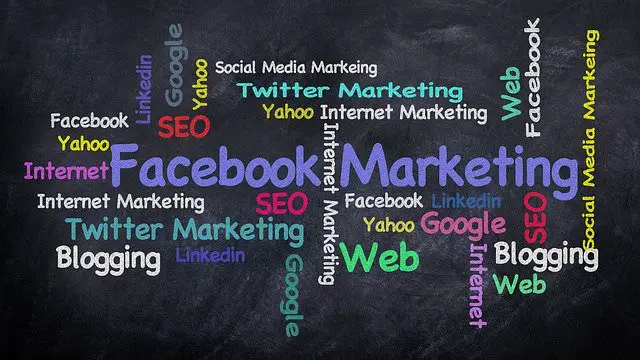Since the implementation of computers into the educational process in the 1970s, students have become practically dependent upon technology. Today, computers are not there just to support the learning process; they are an integral part of it. Technology affects the way students learn, as well as the way they are being evaluated by their teachers. Old-school educators still believe there are no shortcuts to good education, but even they recognize the value of computers for the process of obtaining knowledge. Contemporary education is no longer imaginable without technology as its integral component.
The greatest value that schools get from the implementation of computers in the learning process is practice. Each student has the chance to gain deeper understanding of the instructions provided by the teacher. When computers are used for in-depth research, they increase the interest even for the most tedious topics. Computers enable students to enhance their mathematical and reading skills through instructional games, tutorial programs, problem-solving assignments, and other tools that stimulate the student’s mind. All concepts can be practically explained through educational technology.
Whenever a student needs help at school, he can sit in front of his computer and find information that will enhance his knowledge. Instead of spending time at the library or with a tutor, the learner can gain access to the needed resources in much shorter time. The Internet provides monumental amounts of data that stimulates the minds of students at any age. In addition, this medium enables them to connect with different cultures and gain realistic impressions of various countries, monuments, museums, and any other location. In classrooms, computers do not replace the traditional learning process. They have not eliminated the necessity of lectures and textbooks, but they are used as tools that offer enrichment in all subjects.
When technology falls into the hands of an ill-prepared educator and distracted students, it will come with serious pitfalls. Both teachers and students need to be properly instructed in order to be able to use computers in the most productive manner. Technology projects generate great excitement that can lead to distractions and undisciplined classroom environment. Every teacher takes a risk when introducing a new tool into his educational methods. Schools and governments have to invest large amounts of money in order to integrate technology and train the teachers how to use it. When the program is introduced without proper preparations, its effectiveness on students’ performance will be limited.
Computers have replaced many aspects of traditional education. Modern classrooms can now function without chalkboards, textbooks, notebooks, and library access. Although technology cannot replace the influence of a human educator, it does enhance the learning process and it continues to evolve without any signs of slowing down. Along with opportunities, computers also bring challenges for both teachers and students. Social networking, for example, can be both beneficial and concerning. The negative aspects of social networks are mainly associated with privacy and security. However, in its essence, open networking and collaboration with other students will benefit the learners on the long term. The progress of our overall society is determined by technology. Therefore, contemporary classrooms are unimaginable without computers that make education more accessible and more attractive for every student.

